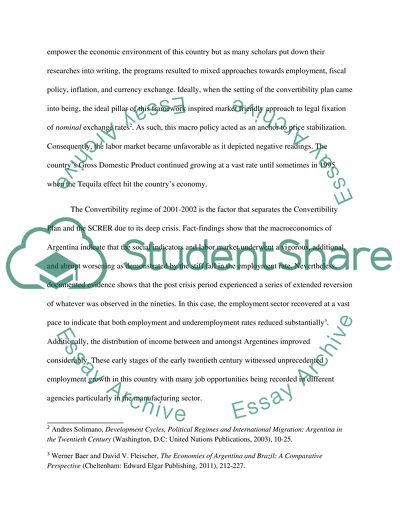Cite this document
(“Macroeconomics of Argentina Research Paper Example | Topics and Well Written Essays - 1250 words”, n.d.)
Macroeconomics of Argentina Research Paper Example | Topics and Well Written Essays - 1250 words. Retrieved from https://studentshare.org/macro-microeconomics/1604805-macroeconomics-of-argentina
Macroeconomics of Argentina Research Paper Example | Topics and Well Written Essays - 1250 words. Retrieved from https://studentshare.org/macro-microeconomics/1604805-macroeconomics-of-argentina
(Macroeconomics of Argentina Research Paper Example | Topics and Well Written Essays - 1250 Words)
Macroeconomics of Argentina Research Paper Example | Topics and Well Written Essays - 1250 Words. https://studentshare.org/macro-microeconomics/1604805-macroeconomics-of-argentina.
Macroeconomics of Argentina Research Paper Example | Topics and Well Written Essays - 1250 Words. https://studentshare.org/macro-microeconomics/1604805-macroeconomics-of-argentina.
“Macroeconomics of Argentina Research Paper Example | Topics and Well Written Essays - 1250 Words”, n.d. https://studentshare.org/macro-microeconomics/1604805-macroeconomics-of-argentina.


